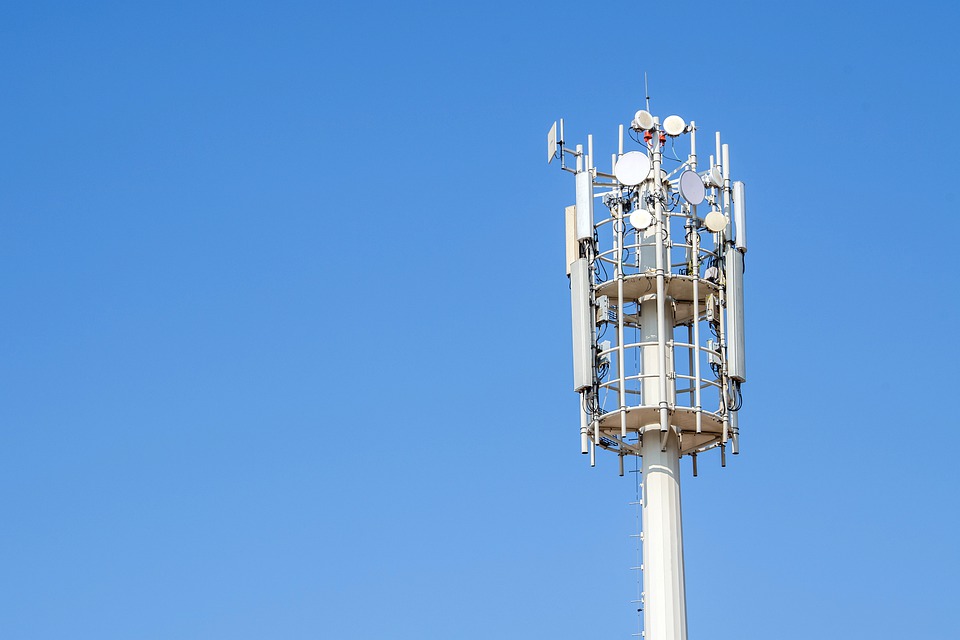Geopolitics is poised to provide a boost to the quiet quest of opening telecom interfaces to the mainstream in 2021. Eclipsing even the previous policymaker preoccupation of winning the “5G race”, the question of who builds 5G and even how it is built looks set to dominate debates on digital infrastructure for the next 12 months.
The “West” – largely Five Eyes countries led by the US and UK and, separately, the European Union – is trying to engineer a new global telecoms market and challenge the dominance of Huawei while avoiding a duopoly of Ericsson and Nokia.
Opening the Network
Mobile networks support billions of connections generating hundreds of billions in service provider revenues annually. These two characteristics establish mobile networks as some of the most important distributed network infrastructure in the world. The radio access network (RAN), the infrastructure connecting your phone to the network, is a huge market but one dominated by just three players: Huawei, Nokia and Ericsson. They collectively represent 80% of the global market.
Mobile network operators who purchase this infrastructure have identified an opportunity to rebalance the market towards open components, giving them greater flexibility and lowering costs by using commodity hardware. They, along with select vendors, SMEs, investors and academia, are seeking to put forward an open network, OpenRAN, which will develop radio networks on a software-centric open network, disaggregating hardware components and software components. Bodies such as the O-RAN Alliance and Telecom Infra Project are now delivering standards-based technology solutions, specifications and trials. Rakuten in Japan and Dish in the US are also driving OpenRAN deployments.
Why Now?
The fillip for OpenRAN is geopolitical and commercial. Tensions between Washington and Beijing have crystallised around 5G. Already considered strategic infrastructure, the Covid-19 pandemic has made this paramount for Washington, which has pursued an aggressive strategy of sanctions and diplomatic pressure.
Washington’s sanctions against Huawei caused ripple effects in several jurisdictions, in particular the UK and EU countries. The EU, driven by its own “technological sovereignty” agenda, sees a need to preserve European leadership in 5G and beyond, or be overtaken by Chinese and American firms. With the US, UK, France, Belgium, Spain and Germany taking action to limit or remove Huawei, policymakers are reluctant to rely on just two firms. With most banking on digital infrastructure to underpin their Covid-19 recovery plans, they perceive too great a strategic risk to rely on foreign firms.
Access to OpenRAN technology provides a vehicle for mobile network operators to address the supply chain security concerns brought about by heightened trade and security tensions, as well as a chance to develop national telecom champions after a decade of consolidation. OpenRAN is already being specified in mobile operators’ RFPs for new network equipment but more work needs to be done to meet the needs of vendors and governments, and policymakers are willing to put their money where their mouths are.
Commercially, OpenRAN offers a chance to reduce the costs of complying with Universal Service conditions. A common obligation in mobile operators’ service licences, Universal Service requires high-cost equipment to be deployed in low-return areas (in return for exclusive use of natural resources). Operators are now leveraging OpenRAN as a cost-effective way to deliver service. By migrating legacy 2G, 3G and 4G networks to OpenRAN architectures, operators are able to reduce the cost and complexity of meeting their Universal Service obligations in these areas.
OpenRAN Roll-Out
Having proven the OpenRAN technology with select deployments in their 2G, 3G and 4G networks, mobile network operators are now leveraging the technology in their roll-out of 5G. This trend will increase operators’ buying power, drive competition and result in cost-effective business-driven solutions to the challenges faced by operators and their clients.
This will be supported by taxpayers worldwide. The EU is looking for ways to support telecom innovation with funds from the EUR 1.8 billion Connecting Europe Facility Digital programme, the EUR 6.7 billion Digital Europe programme and the EUR 95.5 billion Horizon Europe programme (USD 130 billion in aggregate), not to mention Member States’ individual initiatives. The US congress has passed a bill, awaiting the outgoing president’s consideration, to establish a fund for telecom innovation and “rip and replace”, but exactly how much will be allocated is unclear at the time of writing.
The UK has allocated an “initial” GBP 250 million (USD 340 million) toward its 5G Supply Chain Diversification Strategy and is likely to use its 2021 presidency of the G7 to drive this approach internationally.
The next 12 months will be when these headline commitments start to become concrete actions. For those countries, it is the year when they find out if they can still move world markets.
Recommendations
• With the rise of OpenRAN, mobile network operators should take the opportunity to address supply chain security concerns and to develop national telecom champions.
• Policymakers will need to work with stakeholders to develop a regulatory framework which offers the flexibility to accommodate the rapid pace of technological change.
• As policymakers consider stimulating OpenRAN deployment, they should ensure that their initiatives take place in a framework that enables global standards, to avoid fragmentation of 5G and beyond.
• Operators might look to leverage OpenRAN more universally across their networks as they roll out 5G.
The post OpenRAN Goes Mainstream appeared first on .


